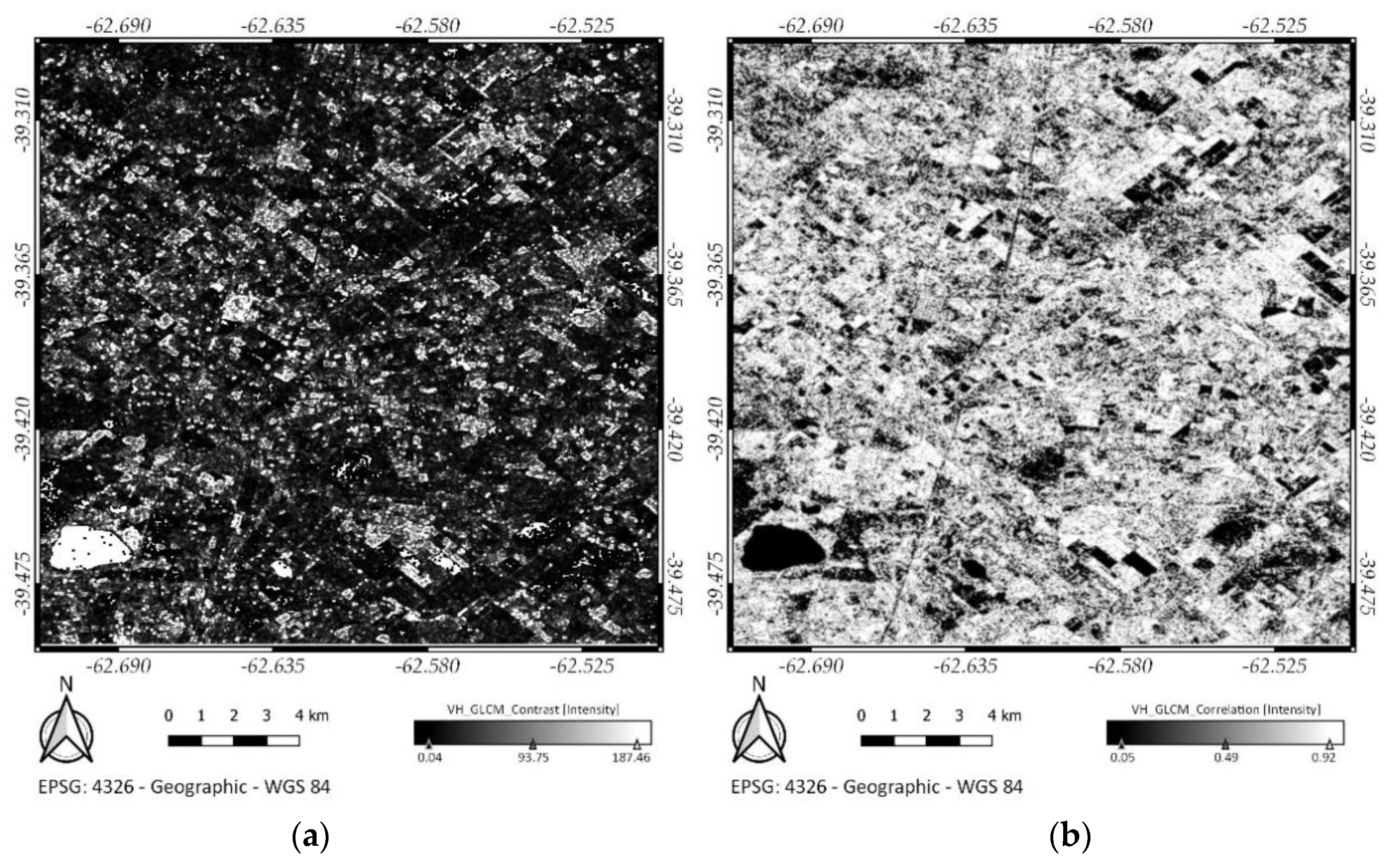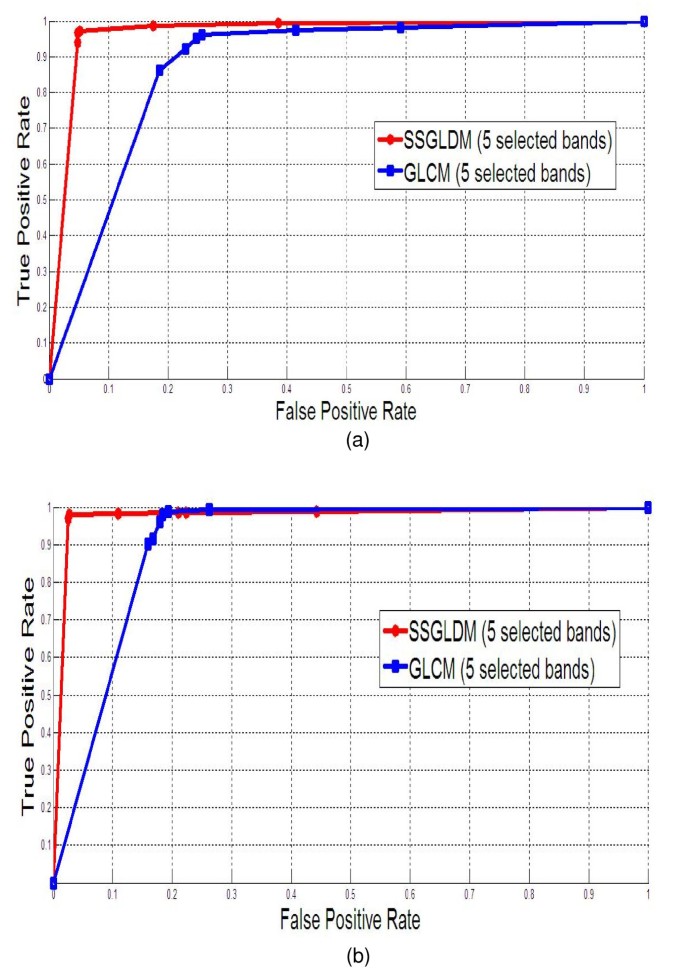
The size of images are selected to be 256. In the present work, the translated gray scale image is used for analysis. The colour image detected by the camera has a resolution of 2816 × 1880 pixels which represents the 24 bit true colour pixel tone that ranges and the intensity values from 0 to 255 in R, G, and B colours. Meopta polarizing optical microscope is used to record the respective transformation phases of sample textures simultaneously and instantaneously as a function of temperature with its auxiliary attachments, the “Hot Stage” described by Gray and “the High Resolution Camera.”Ī high resolution Canon EOS Digital REBEL XS/EOS1000D camera with 10.10 megapixel image sensor is used for recording the observations. Obviously the appearance will be strictly controlled by the nature of the alignment surface in the cells that are used. The flowing direction of the liquid crystal during cell filling is found to influence the molecular alignment in the resultant liquid crystal layer. Different phase transitions can be observed with the naked eye at the time of cooling the liquid crystal cell after injecting the samples and good alignment is achieved by cooling down the cell very slowly. The chiral ester mesogens are injected into liquid-crystal cells through capillary action on heating the sample to the isotropic state. Homogeneous (planar) alignments are obtained in the sandwich cell with surfaces, which were treated with a rubbing method.

The ITO coated homogeneous (planar) cells having an area of 5 mm × 5 mm with 8.7 μm spacing (tolerance is ☐.2 μm) are obtained from Instec Inc., USA. The liquid crystals of chiral esters (S)-(-)-2-methylbutyl 4′-(4′′- n-alkanoyloxybenzoyloxy) biphenyl-4-carboxylates where and 18 having different alkyl chain lengths are synthesized and used. Also this kind of work was done for room temperature liquid crystals, cholesteric liquid crystals, and for discotic liquid crystals. The results of the study are compared with those of published earlier studies.

Having these objectives, the present attempt is aimed to study the transition temperatures of the two synthesized ferroelectric liquid crystals ((S)-(-)-2-methylbutyl 4′-(4′′- n -alkanoyloxybenzoyloxy) biphenyl-4-carboxylates (where and 18)) through the image analysis techniques, statistical and image moments approaches applied to the microscopic textures of FLCs. With its wide applications in the use of optical switches, light valves, display and storage devices, and other electrooptic devices, in particular the study on the ferroelectric liquid crystals (FLCs) has generated much interest for synthesizing and characterizing the new FLCs. Besides, the ordering in phase transitions, namely, first-order/second-order phases, is crucial in current liquid crystal field studies. Identification of transition phases and transition temperatures is the vital aspect to characterize the properties of liquid crystal compounds.

With the availability of high resolution and sensitive experimental techniques, it could be made easy to record precisely the transformations that occur during mesophase changes. The studies on phase transitions in thermotropic liquid crystal have seen considerable progress since 1980. The results obtained from the present methodology are in good agreement with those published in earlier literature done by the different techniques, like differential scanning calorimetry (DSC). The phase transition temperatures of samples are inferred by the abrupt changes in the computed parameter values. The textures of the samples are recorded with the polarizing optical microscope (POM) attached to the hot stage and high resolution camera. One is a statistical method, applied to compute the statistical parameters from the textures of each sample and the other, computation of Legendre moments being applied as image moment analysis, both of which are considered as a function of temperature. Phase transition temperatures of ferroelectric liquid crystals ((S)-(-)-2-methylbutyl 4′-(4 ″- n-alkanoyloxybenzoyloxy) biphenyl-4-carboxylates (where and 18)) are studied through two techniques of image analysis.


 0 kommentar(er)
0 kommentar(er)
